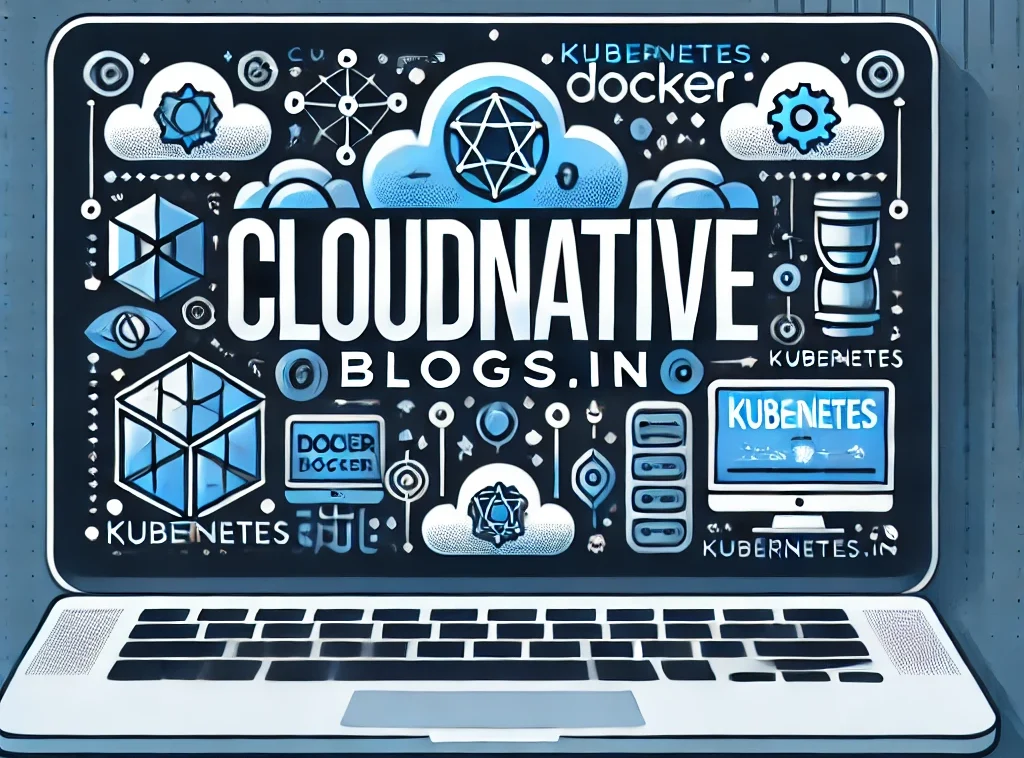
As we move into 2024, the landscape of cloud computing continues to evolve at a rapid pace. Organizations worldwide are increasingly adopting cloud solutions to enhance their operational efficiency, scalability, and cost-effectiveness. This article explores the top five cloud computing trends expected to dominate in 2024, providing insights into how businesses can leverage these advancements for competitive advantage.
1. Increased Adoption of Multi-Cloud Strategies
Understanding Multi-Cloud
Multi-cloud refers to the use of multiple cloud computing services from different providers to meet specific business needs. This strategy helps organizations avoid vendor lock-in, optimize costs, and enhance performance.
Benefits of Multi-Cloud
- Flexibility and Scalability: Organizations can choose the best services from different providers, ensuring they meet their unique requirements.
- Risk Mitigation: By distributing workloads across multiple clouds, businesses can minimize downtime and enhance resilience.
- Cost Optimization: Companies can leverage competitive pricing and avoid overpaying for services that don’t align with their needs.
Implementation Strategies
To implement a successful multi-cloud strategy, businesses should:
- Assess Current Needs: Understand specific workloads and applications that can benefit from multi-cloud.
- Choose the Right Providers: Select cloud providers that offer the necessary services, compliance, and support.
- Integrate Seamlessly: Ensure that systems and applications can communicate across different clouds.
Conclusion
As companies continue to embrace multi-cloud strategies in 2024, they will benefit from increased agility and improved resource allocation, ultimately driving business growth.
2. Enhanced Security Measures
The Growing Importance of Security
As cyber threats become more sophisticated, ensuring the security of cloud environments is paramount. In 2024, we expect to see enhanced security measures that focus on protecting sensitive data and maintaining compliance.
Key Security Trends
- Zero Trust Architecture: This approach assumes that threats can originate both inside and outside the network. Organizations are adopting zero trust principles to enhance security by requiring continuous verification of users and devices.
- AI and Machine Learning for Security: Leveraging AI and machine learning to identify and respond to threats in real-time will become more prevalent, helping organizations to proactively address vulnerabilities.
- Automated Compliance Solutions: Cloud providers will offer automated tools to help businesses maintain compliance with industry regulations, reducing the burden on IT teams.
Best Practices for Enhancing Security
- Regular Security Audits: Conduct periodic assessments to identify vulnerabilities and improve security measures.
- Employee Training: Educate staff on security best practices and the importance of adhering to policies.
- Data Encryption: Implement robust encryption protocols to protect sensitive information both in transit and at rest.
Conclusion
With the increasing focus on security in 2024, organizations that prioritize robust security measures will safeguard their data and build trust with customers.
3. The Rise of Serverless Computing
What is Serverless Computing?
Serverless computing allows developers to build and run applications without managing the underlying infrastructure. This model abstracts the server management process, enabling teams to focus on code and functionality.
Advantages of Serverless Computing
- Cost Efficiency: Businesses only pay for the resources they use, leading to significant savings.
- Scalability: Serverless architectures automatically scale based on demand, ensuring optimal performance during peak times.
- Faster Time to Market: Developers can deploy applications more rapidly, enhancing innovation and responsiveness.
Use Cases for Serverless Computing
- Microservices: Serverless is ideal for developing microservices, enabling teams to deploy small, independent services quickly.
- Event-Driven Applications: Applications that respond to events, such as file uploads or database changes, can leverage serverless architectures for efficient processing.
Conclusion
As serverless computing gains traction in 2024, organizations will find new opportunities for cost savings and innovation, allowing them to stay ahead of the competition.
4. Cloud-Native Technologies
What are Cloud-Native Technologies?
Cloud-native technologies enable organizations to build and run applications that fully utilize the advantages of cloud computing. This approach focuses on microservices, containers, and continuous delivery.
Benefits of Cloud-Native Technologies
- Agility: Cloud-native applications can be developed and updated rapidly, allowing businesses to respond to changing market demands.
- Resilience: These applications are designed to tolerate failures, enhancing overall system reliability.
- Resource Optimization: By leveraging containerization and orchestration tools, organizations can optimize resource utilization.
Key Cloud-Native Technologies
- Containers: Tools like Docker and Kubernetes allow for easy deployment and management of applications across different environments.
- Continuous Integration/Continuous Deployment (CI/CD): Automated processes for integrating code changes and deploying applications streamline development and reduce errors.
Conclusion
In 2024, the adoption of cloud-native technologies will empower organizations to innovate faster and deliver superior customer experiences.
5. Focus on Sustainability in Cloud Computing
The Importance of Sustainability
As climate change becomes an increasingly pressing issue, organizations are focusing on sustainable practices, including in their cloud strategies. In 2024, sustainability will play a critical role in cloud computing decisions.
Sustainable Cloud Practices
- Energy Efficiency: Cloud providers are investing in energy-efficient data centers powered by renewable energy sources, reducing their carbon footprints.
- Carbon Footprint Monitoring: Organizations will use tools to monitor and optimize their cloud usage’s environmental impact.
- Sustainable Application Development: Developers will prioritize sustainable coding practices and design applications that consume fewer resources.
Benefits of Sustainable Cloud Practices
- Enhanced Brand Reputation: Companies that prioritize sustainability are likely to attract environmentally conscious customers.
- Regulatory Compliance: Increasing regulations around sustainability may necessitate cloud providers to adopt greener practices, benefitting organizations in compliance.
Conclusion
As sustainability becomes a key consideration in 2024, organizations that embrace eco-friendly cloud practices will not only contribute to environmental goals but also enhance their brand reputation.
Conclusion
The cloud computing landscape in 2024 is set to be shaped by these five trends: increased adoption of multi-cloud strategies, enhanced security measures, the rise of serverless computing, cloud-native technologies, and a focus on sustainability. By embracing these trends, organizations can enhance their operational efficiency, improve security, and contribute to a more sustainable future.

Đến với J88, bạn sẽ được trải nghiệm dịch vụ cá cược chuyên nghiệp cùng hàng ngàn sự kiện khuyến mãi độc quyền.